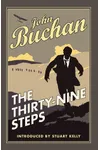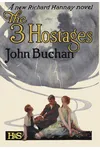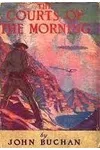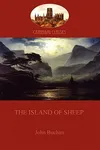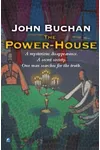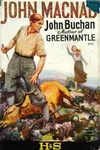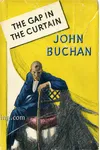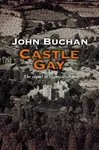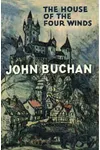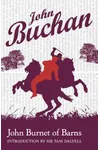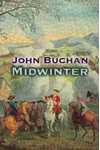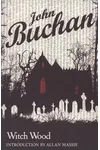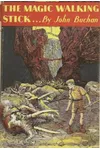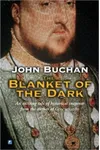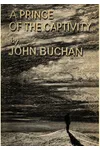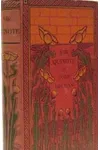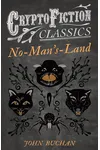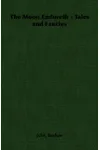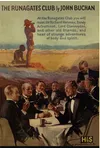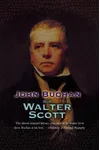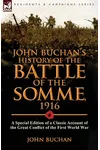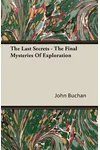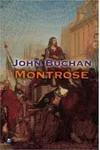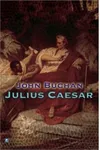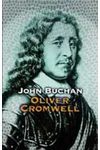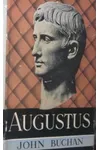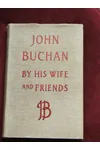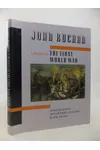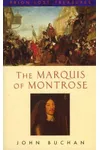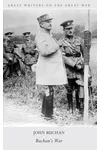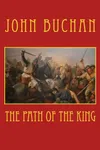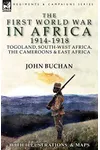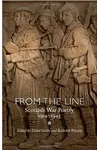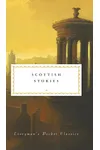Picture a Scottish storyteller who spun tales of espionage and adventure that still thrill readers today—meet John Buchan! Born in 1875, this master of the thriller genre gave us The Thirty-Nine Steps, a pulse-pounding novel that redefined spy fiction. But Buchan was more than a writer; he was a statesman, historian, and the 15th Governor General of Canada, blending literary genius with a life of public service.
With a knack for vivid prose and a love for the rugged Scottish landscape, Buchan’s stories leap off the page, inviting readers into a world of daring heroes and shadowy villains. Let’s dive into the life and legacy of this remarkable figure whose words continue to inspire.
The Making of John Buchan
John Buchan was born on August 26, 1875, in Perth, Scotland, to a Free Church of Scotland minister. Growing up amidst the rolling hills and moors, he developed a deep connection to nature, which later infused his writing with vivid, almost cinematic settings. Educated at Glasgow University and Oxford, Buchan’s sharp intellect led him to a multifaceted career—lawyer, publisher, and war correspondent—before his pen found its true calling.
His early works, like Prester John (1910), hinted at his talent for adventure, but it was the outbreak of World War I that shaped his most iconic stories. Inspired by the era’s espionage and intrigue, Buchan began crafting tales that captured the tension of a world on edge.
John Buchan’s Unforgettable Stories
Buchan’s breakthrough came with The Thirty-Nine Steps (1915), the first of five novels featuring Richard Hannay, a resourceful everyman thrust into international conspiracies. This fast-paced tale of a man on the run from a shadowy organization is often credited with laying the groundwork for modern thrillers. Its blend of suspense, quick wit, and vivid landscapes made it an instant classic, later adapted into films, including Alfred Hitchcock’s 1935 masterpiece.
Other Hannay novels, like Greenmantle (1916) and Mr. Standfast (1919), continued to explore themes of duty, courage, and espionage, often set against the backdrop of global conflict. Buchan’s historical novel Witch Wood (1927) showcased his versatility, weaving a haunting tale of 17th-century Scotland’s religious turmoil. His style—crisp, evocative, and packed with moral clarity—appealed to readers seeking both thrills and substance.
Known as 'shockers' in his own words, Buchan’s stories balanced high-stakes action with a deep sense of place, drawing heavily on his Scottish roots. His heroes, often ordinary men rising to extraordinary challenges, resonated with a generation navigating the uncertainties of the early 20th century.
Why John Buchan Matters
John Buchan’s influence stretches far beyond his novels. By blending adventure with psychological depth, he paved the way for authors like Ian Fleming and John le Carré, who built on his spy fiction blueprint. His ability to craft compelling narratives while serving as a public figure—culminating in his role as Governor General of Canada from 1935 to 1940—set him apart as a Renaissance man of his time.
Buchan’s legacy endures in the countless readers who still find inspiration in his tales of resilience and heroism. His love for storytelling, rooted in the landscapes and values of Scotland, continues to captivate, proving that a good story can transcend generations.
About John Buchan
- Born: August 26, 1875, Perth, Scotland
- Died: February 11, 1940, Montreal, Canada
- Key Works: The Thirty-Nine Steps, Greenmantle, Witch Wood
- Notable Role: 15th Governor General of Canada (1935–1940)
Ready for a literary adventure? Snag The Thirty-Nine Steps and dive into John Buchan’s thrilling world of spies and suspense!
